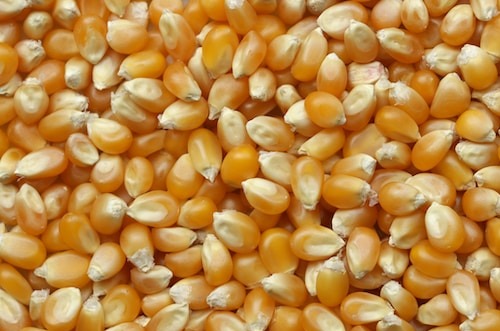
In W29 in the maize (corn) landscape, Tallage indicates that the global corn market price experienced a decline between June 9 and July 7. Corn prices in the United States (US) dropped significantly due to favorable weather conditions and increased planting. The immediate corn export price produced in the US fell to USD 227/metric ton (mt). In Argentina, the crop for immediate delivery could be traded for USD 211/mt, and the August crop for USD 220/mt. In Brazil, the corn export price for delivery in August was USD 216/mt, September USD 214/mt, and November USD 206/mt. In France, the crop for immediate delivery was trading at USD 251/mt, August at USD 252/mt, and September at USD 253/mt.
The National Association of Cereal Exporters (Anec) expects Brazil to surpass the US as the global leader in corn exports in 2023, with an estimated total export of 50 million metric tons (mmt). The United States Department of Agriculture (USDA) predicts US corn exports at 48.9 mmt, due to a decline in 2023 corn production. However, the appreciation of the Brazilian real against the US dollar is posing a challenge for Brazilian producers regarding profitability. This is despite the increased export flows and growing shipment volumes expected during the second corn crop. The corn price devaluation in both the Brazilian and global markets is attributed to the off-season harvest progress, weakening corn demand.
The Buenos Aires Grain Exchange (BCBA) reports that the 2022/23 corn crop harvesting in Argentina in W29 reached 66.1% of the sown area, an increase of 8% week-on-week (WoW). However, harvesting delays persist compared to the last five seasons due to adverse conditions and a higher proportion of late plantings in the 2022/23 season. The average corn crop productivity currently stands at approximately 82.83 bags per hectare (ha). As a result, the BCBA maintained the 2022/23 Argentine corn production forecast of 34 mmt, 18 mmt lower than the 2021/22 corn harvest. The Tucumán province faces poor results due to insufficient rainfall, while the Salta province shows varying yields. The BCBA indicated that 12% of Argentine corn was rated as good or excellent, 42% as fair, and 46% as fair or poor. Additionally, 58% of the area had adequate or excellent water conditions, while 42% had regular or dry conditions.
Lastly, in Russia, fears regarding the corn supply from the Black Sea region increased due to Russia's withdrawal from the Black Sea grain corridor initiative. Furthermore, factors leading to corn price increases in the Russian market included a tax duty reduction for W30. Also, high Iranian demand for Russian corn supported high prices in the Caspian region. July corn exports are primarily destined for Turkey and Iran, with Turkish demand creating a noticeable premium above calculated high water parity levels at USD 167.51/mt without value-added tax (VAT). Deliveries from the Azov-Black Sea basin are expected to begin in about a month, coinciding with the start of harvesting for the new crop.